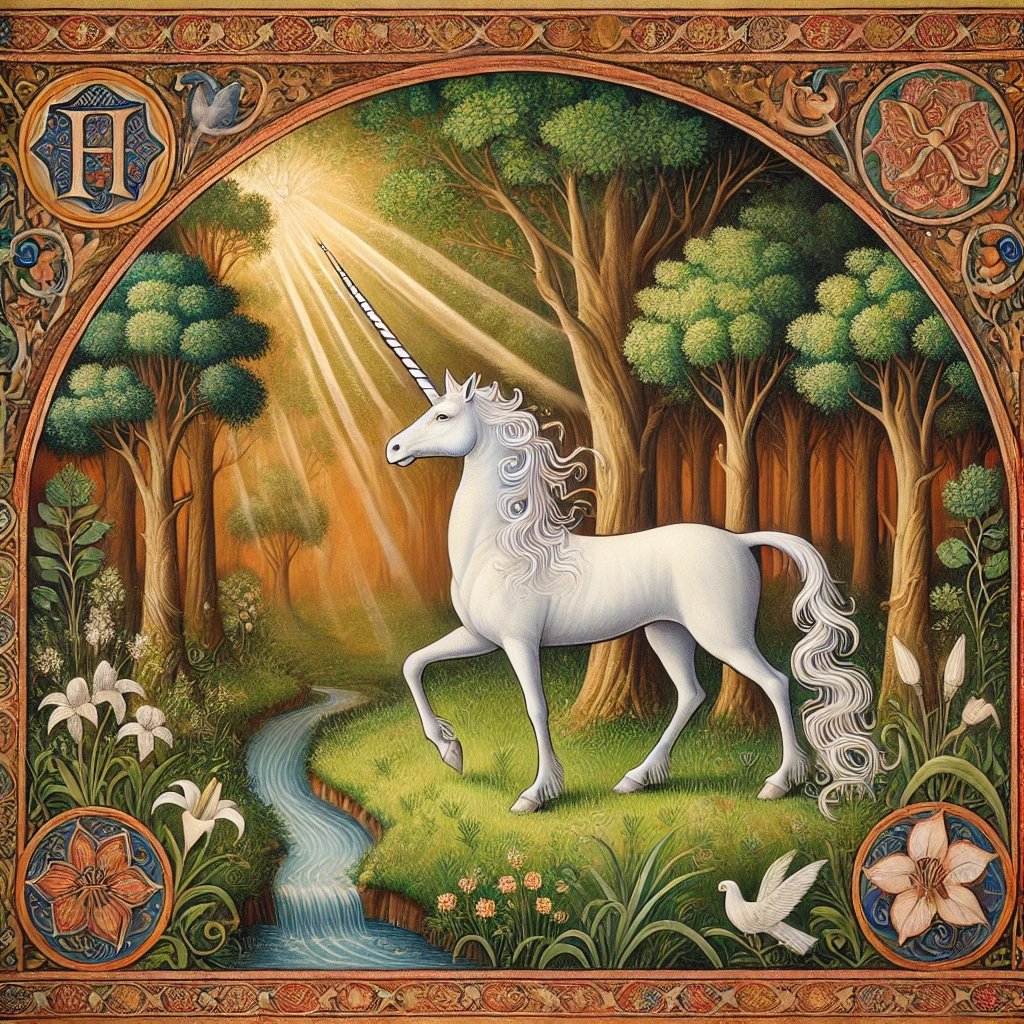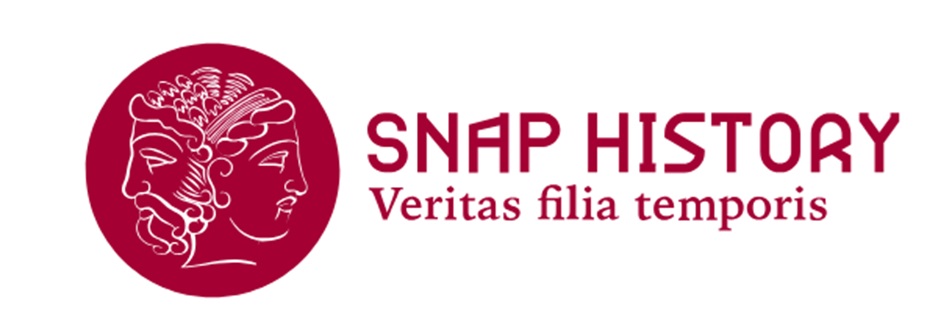Narvals and Unicorns
The strange history of unicorn horns in medieval Europe

Narwhal tusks, believed to be unicorn horns, crossed the North Seas to land in European courts, a symbol of purity and power. From the Vikings to the merchants of the Hanseatic League, their trade fuelled legends and prestige, adorning thrones such as that of Rosenborg and enriching Renaissance collections such as that of Isabella d'Este in Mantua - Image generated with IA
Until the 17th century, the narwhal, an animal of the cold waters of the Arctic seas, was unknown to most Europeans, except to sailors and navigators in certain parts of Scandinavia. The Vikings played a key role in the spread of these objects in Europe: they came into contact with narwhals probably around the 8th century and began hunting them and trading their tusks. Taking advantage of the fascination with unicorns in medieval culture, they soon began passing off the tusks as unicorn horns. Later, merchants of the powerful Hanseatic League began to spread these objects on an ever-widening market that extended even beyond the North Sea, reaching many courts of European princes and rulers.
Numerous legends circulated about the therapeutic and magical properties of unicorn horns, and demand on the market was increasing. They were thought to neutralise poisons and purify water, and were also shrouded in symbolic meanings, and owning one was an added attraction for the court of a prince who wanted to show off. Kings and nobles also used horns as a diplomatic gift, a symbol of alliances and power. The consecration throne in Rosenborg Castle in Copenhagen is constructed from narwhal tusks, testifying to the prestige attached to these objects. In Italy, Isabella d'Este, marquise of Mantua and one of the most influential women of the Italian Renaissance, possessed a narwhal tusk approximately two metres long, considered one of the most beautiful in Europe, equalled only by that of King Sigismund of Poland, of roughly the same length.
In Mantua, the link between unicorns and the Gonzaga family is also reflected in art. Cecilia Gonzaga, daughter of Gian Francesco Gonzaga, was portrayed in a famous medallion by Pisanello right next to a unicorn, symbol of moral purity.
It was only in the 17th century, with the expansion of exploration voyages and new scientific discoveries, that the mystery was unravelled and it was discovered that the horns came from Arctic cetaceans.
Sito: A. Pluskowski. Narwhals or Unicorns? Exotic Animals as Material Culture in Medieval Europe. European Journal of Archaeology. 2004;7(3):291-313. cambridge.org (consultato in Novembre 2024)
Sito: Editors of Encyclopaedia Britannica. "unicorn." Encyclopedia Britannica, November 17, 2024. britannica.com. (Consultato in Novembre 2024)
Sito: mantova ducale.it (consultato in Novembre 2024)
2025-10-15
Francesco Toniatti
